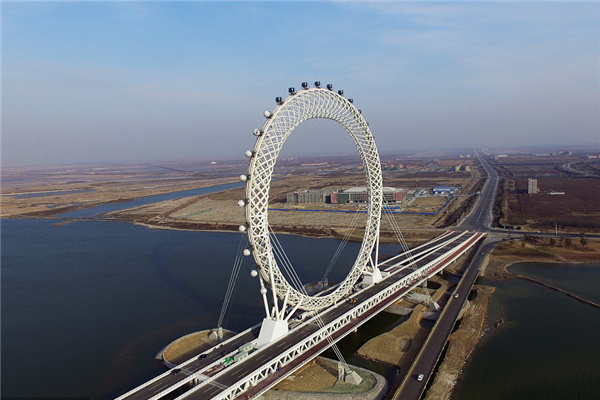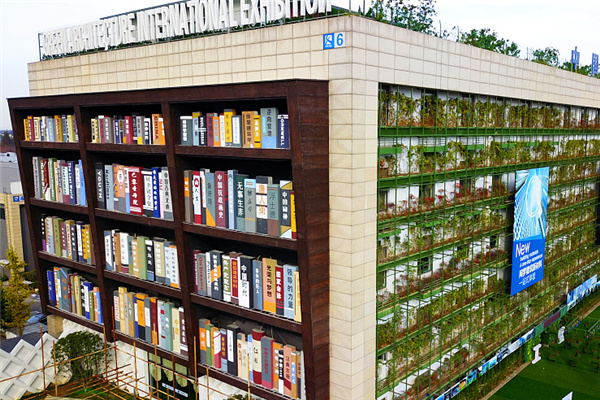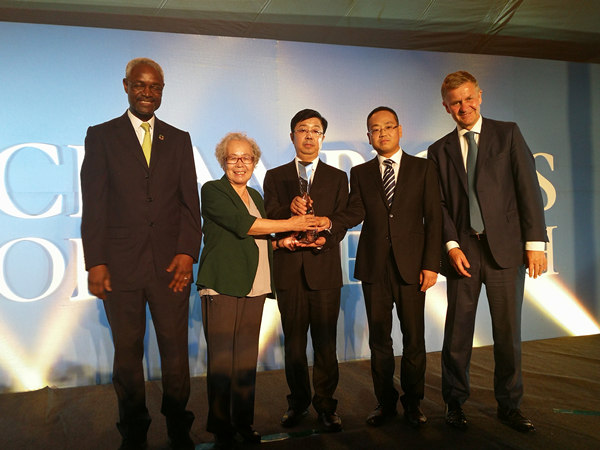

At a time when the global economic slowdown is pushing down sales of electronic products ranging from personal computers to mobile phones, flat-panel televisions are proving the exception.
According to a report from the research firm GFK, shipments of flat-panel TVs in China reached 4.76 million units in the first quarter of this year, an increase of 70 percent over the same period in 2008.
That's a steep jump from a first-quarter 20 percent to 30 percent growth rate predicted earlier by analysts.
"China's flat-panel TV market grew 40 percent last year, so many analysts had predicted that the market would grow at a slower rate this year because of the financial crisis," Ye Ping, a GFK analyst, wrote in a report accompanying the research firm's findings.
"But it turns out that the market grew much faster than most had expected," Ye wrote.
As one of the world's larger electronic markets, China's flat-panel TV industry grew rapidly in recent years as Chinese consumers in mostly urban areas began replacing their old, bulky CRT (cathode ray tube) TVs with new, flat-screen LED (light-emitting diode) sets.
Research firm DisplaySearch recently projected that China's demand for flat-panel TVs will increase 76 percent this year to 23.6 million, accounting for 19 percent of world demand for flat-panel TVs.
That has encouraged most of the world's larger flat-panel TV makers, including Samsung, Chi Mei Optoelectronics Co and BOE Technology Group Ltd, to consider establishing LED factories in China.
Chen Hsuan-bin, CEO of AU Optronics Corp (AUO), a Taiwan-based flat-screen TV maker, said last month that China will overtake the United States to become the world's largest LED TV market in 2010 or 2011.
He said there are still 500 million CRT TVs in the country, which he expects eventually will be replaced by flat-screen TVs.
Even if only 10 percent of those old models are replaced each year, Chen said that still adds up to an annual demand for 50 million LED TVs in the domestic market.
Revenue questions
However, industry analysts said increasing shipments were not accompanied by a surge in company revenues.
"Flat-panel TV shipments grew rapidly in China in the first quarter, but revenues did not grow accordingly," Ye of GFK said.
The 70 percent first-quarter growth in units was accompanied by only a 3 percent increase in sales revenues, GFK reported.
Ye said the essentially flat revenue growth was due to rapidly falling prices for flat-panel TVs in China.
The average price dropped from 8,342 yuan in the first quarter of 2008 to 5,082 yuan in this year's first quarter, he said.
Tough competition among manufacturers adopting a lower-pricing strategy to offset foreign rivals was responsible for part of that price decline, industry analysts said.
"Although cheaper panels and the Chinese government's efforts to encourage rural spending did help drive down industry revenues, I think the real reason is the Chinese flat-panel TV maker's blind pursuit of a larger market share," Ye said.
Market pressures
In the technology industry, a larger market share often means a scale advantage, which can give manufacturers more bargaining power with suppliers.
But those companies also risk losing long-term revenues and profits.
Since last year, domestic companies such as Hisense, Skyworth and TCL have initiated several marketing campaigns to expand rapidly in small cities and rural areas with an average product price of 5,700 yuan.
That has put pricing pressure on foreign rivals such as Samsung and Sony, which sold their products at an average price of 7,300 yuan per unit.
According to GFK, the market share of domestic flat-panel TV makers reached 70.6 percent in the first five months of this year, up from 46.7 percent for the same period a year earlier.
But the profits of Chinese flat-screen TV makers such as Skyworth and TCL also declined as much as 90 percent in the first quarter.
"Chinese manufacturers need to reach a better balance between profit and market share, which is essential for long-term development," Ye said.
(China Daily 07/13/2009 page7)













